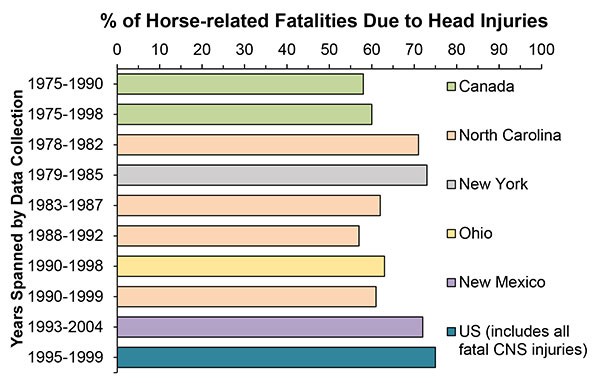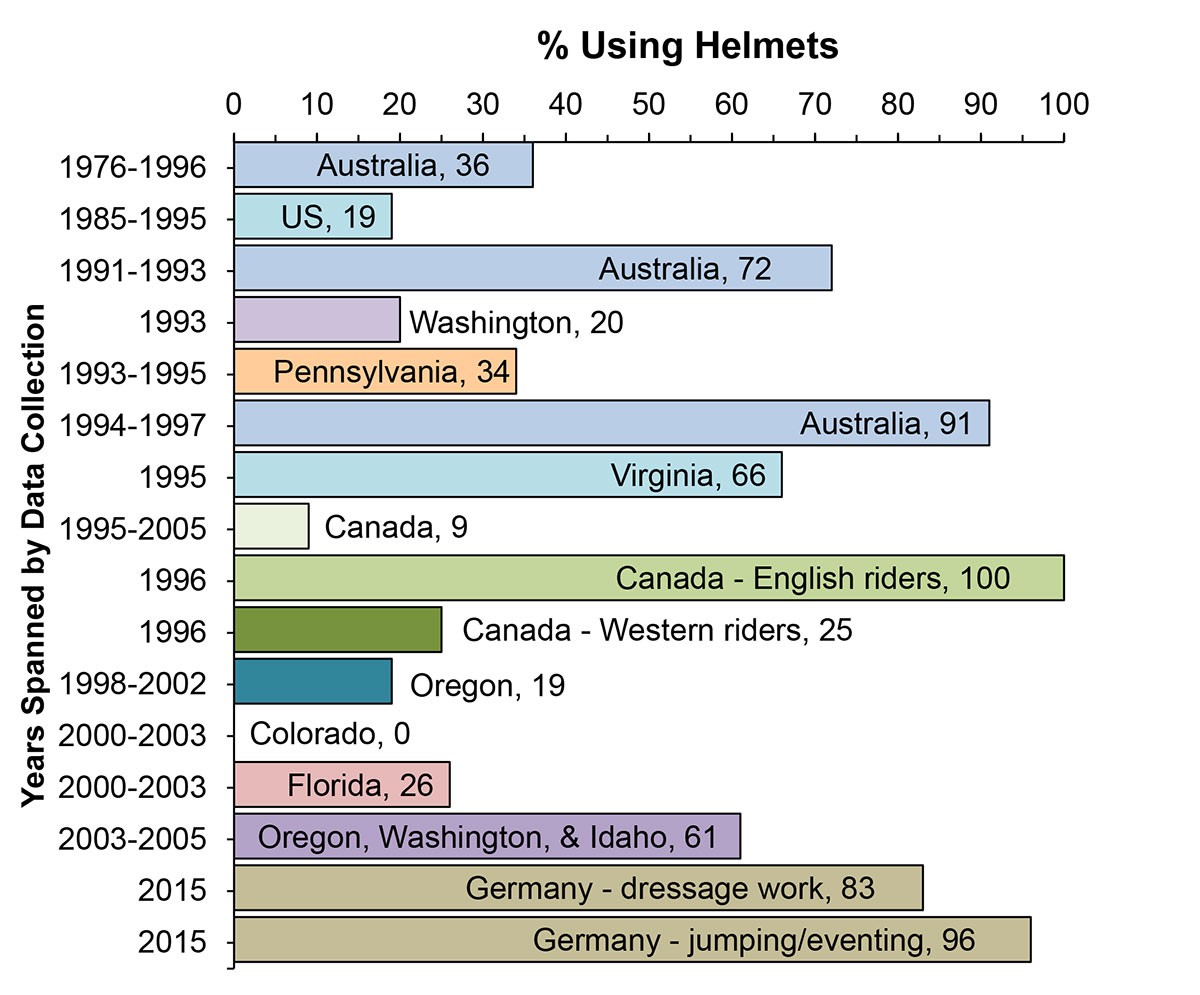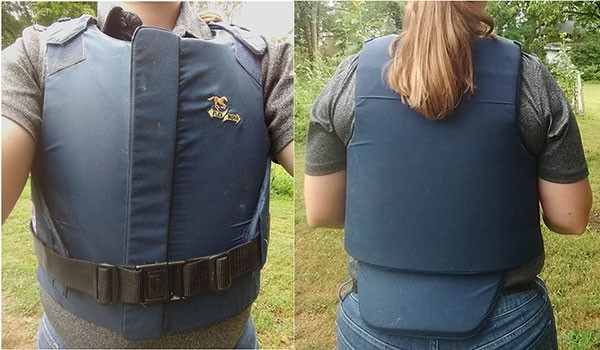Horseback riding, often perceived as a leisurely activity, carries inherent risks that can be overlooked. While enjoyed by people of all ages, it’s crucial to understand the potential dangers involved and how they compare to other sports. This article delves into horse riding injury statistics, compares its risk to other popular sports, and discusses preventative measures.
Horse Riding Injury Statistics: A Sobering Reality
While equestrian sports foster lifelong participation, their potential for injury shouldn’t be underestimated. Research indicates that horseback riding injuries, while less frequent than in some high-impact sports, often result in severe trauma requiring hospitalization.
Figure 1. Percentage of Horse-Related Fatalities Due to Head Injuries Across U.S. States (1975-2004).
Comparing Horse Riding Risks with Other Sports
How does horse riding stack up against sports like football or basketball in terms of risk? Table 1 provides a comparison of injury rates per 1,000 hours of participation:
Table 1. Relative Risk of Horseback Riding Compared to Selected Sports.
| Sport | Injuries per 1,000 Hours of Participation |
|---|---|
| American football | 10-35 |
| Basketball | 9.1 |
| Ice hockey | 7.5 |
| Karate | 6.7 |
| Baseball | 1.6-5.8 |
| Downhill skiing | 4.1 |
| Horse riding | 3.7 |
| Cycling | 2.0 |
| Swimming | 1.0 |
| Golf | 0.3 |



While horse riding’s injury rate appears lower than high-contact sports, studies show that equestrian-related injuries tend to be more severe, often leading to longer hospital stays. A significant concern is the prevalence of head injuries, accounting for 10-30% of all horse-related injuries. Alarmingly, equestrian activities are the leading cause of sports-related traumatic brain injury (TBI) in adults in the U.S.
Experience and Injury Risk in Equestrian Sports
The relationship between riding experience and injury risk is complex. While novice riders are statistically more prone to injuries, experienced riders often engage in more challenging activities, increasing their exposure to potential harm. Regardless of experience level, accidents can and do happen.
Figure 2. Helmet Usage Rates in Various Countries and States (1976-2015).
Mitigating Risks: The Importance of Protective Equipment
The use of appropriate safety gear is paramount in reducing the severity of horse riding injuries. Helmets, in particular, have proven highly effective in preventing head injuries and fatalities. Organizations mandating helmet use have witnessed significant declines in head trauma.
Protective Vests: An Added Layer of Safety
Beyond helmets, protective vests are gaining recognition for their role in minimizing injury. Mandatory in certain equestrian disciplines, these vests offer crucial protection to the torso, reducing the impact of falls and collisions.
Figure 3. Example of a Protective Vest Used in Equestrian Activities.
Conclusion: Riding Safely and Responsibly
Horseback riding, while inherently risky, can be enjoyed safely with proper precautions. Understanding the potential dangers, using appropriate safety equipment like helmets and vests, and acknowledging the importance of continuous training are essential for mitigating risks and ensuring a long and fulfilling riding experience.